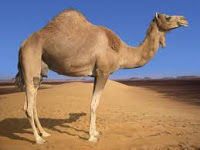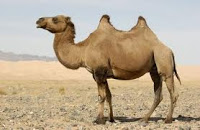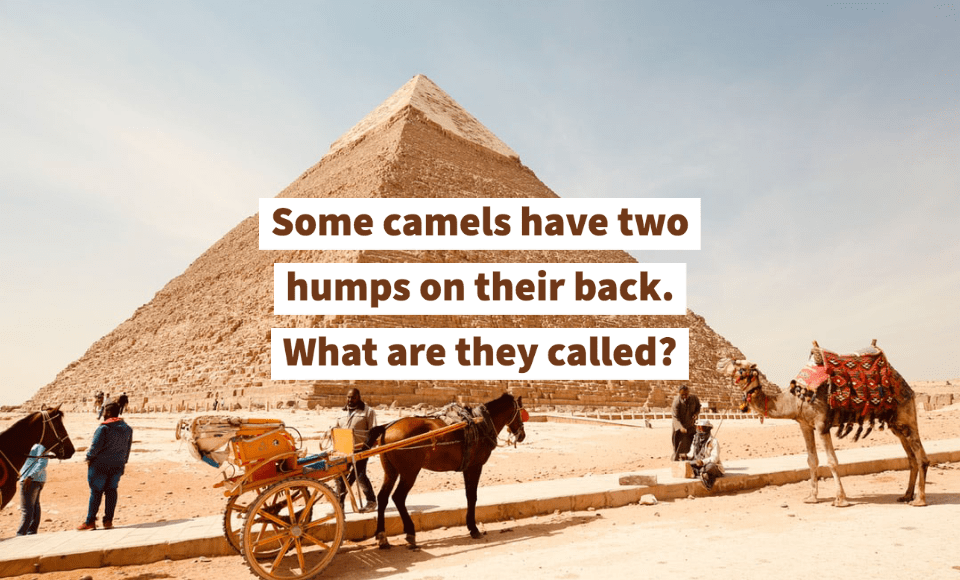

In the desert lands, camels are the only animals that can carry heavy loads of goods and travel for a long time without food or water. National Geographic reported that camels could carry 375 to 600 lbs. (170 to 270 kilograms) on their backs. Aside from the transportation benefits, domesticated camels can provide desert people with fresh meat, milk, and even leather or wool products. Their droppings can also be turned into fuel.
Have you noticed that some camels have one hump, and some have two? Yes, the number of the hump is not the same for all camels.
Dromedary or commonly known as Arabian camels have one hump that can store up to 80 pounds of fat. Amazingly, they can break these fats into water and energy when sustenance is not available, especially at their maximum travel, reaching 100 desert miles, not drinking any water. Despite the scorching heat in the desert, camels can withstand until 120 Fahrenheit, and take note, they don’t sweat. During winter, desert plants hold enough moisture to allow a camel to live without water for several weeks.
On the other hand, camels with two humps are called Bactrian. Camelus bactrianus is over 7 feet tall at the hump and weighs 1,800 pounds. Their humps have the same functions as to Dromedary camels. Their humps become floppy and flabby as their fat is depleted.
Environmental Adaptations
Unlike the other type of camels, Bactrians don’t live in shifting sands of Sahara but in rocky deserts in Central and East Asia where temperatures can be over 100 degrees Fahrenheit in summer but can also drop to -20 degrees Fahrenheit in winter.
Surprisingly, Bactrian camels have developed adaptations that make them survive in these extreme environments.
One great help to the camels is their thick, shaggy coat that protects them in winter and falls away as seasons change and temperatures rise.
Out of severe thirst, a camel can drink 30 gallons of water in just 13 minutes. It is like a sponge soaked in water. Like Arabian camels, Bactrians have bushy eyebrows and two rows of long eyelashes as their eye protection. Their nostrils close, so the sand will not be inhaled.
Despite their massive weight, their big, flat footpads help them navigate the rough rocky terrain and shifting desert sands without sinking.
Bactrian camels are the only wild camels that still exist and survive in the Gobi Desert of Mongolia and China.
What do camels eat?
Camels are not picky herbivores. They have thick lips that can eat things that other animals cannot, such as thorny plants in the desert. They are also efficiently rehydrated as they can quickly consume a lot of water. Nevertheless, when there is no enough supply of food and water, their stored fats at their humps are always to their rescue.
According to research from the University of Singapore, the humps with 9.3 grams of fat release 1.13 grams of water.
Interesting Facts on Camels
- Camels are also fast runners. They can run at 25 mph (40 kph) for long periods. But when you are in a hurry to reach your destination, they can kick their speed up to 40 mph (67 kph).
- As a defense mechanism, they spit or throw up what they have stored in their stomach and kick whenever they feel a threat or danger coming near. So never joke on the camels unless you are ready to shower in the middle of the desertland.
- Camel’s pregnancy lasts from 9-14 months, depending on the availability of food. They have one calf, and it can run a few hours after it is born. Some of the camel’s calves are born completely white and eventually turn brown as their adult coat comes in.
- Camel’s milk is rich in iron, vitamins, and minerals, and it is healthier than cow’s milk because it contains less fat.
- Camels live 40-50 years.
Also, the giant beasts make a variety of moans, groans, and deep, throaty bellows. One of the camel’s noises was even used to voice Chewbacca’s character in the Star Wars movies.
